An effective Workforce Management (WFM) organization ensures a contact center is staffed with the right number of skilled agents to deliver the desired member experience in the most efficient manner. However, forecasting call volume and determining staffing needs are becoming more complicated due to the multiple channels now available for customer service. Yet at the same time, the advanced data analytics accessible to forecasters allow them to better predict call drivers — the events that trigger calls. As a result of these factors, the following six trends in WFM have emerged:
Trend #1: Using data analytics for multiple channel demand forecasting and more robust driver analysis
An increase in data and analytics has resulted in improved demand forecasting and more robust driver analyses. Multiple channel usage is increasing for many contact issues since most people try self-service options before calling. Integrating analytics concerning the use of self-service channels into WFM modeling improves forecasting accuracy and highlights channel optimization opportunities that positively impact contact center utilization. Companies know online and self-service channels are preferred by customers and are investing in these channels. This typically leads to a decrease in transactional phone volume. Since straightforward transactions are being completed via self-service, forecasters must plan for fewer but more complex calls that often come with higher average handle times.
Trend #2: Staffing is complicated by consumer preference for self-service (online, live chat, chatbot, text, social media)
The growth of online options and self-service has made staffing more complex. Live chat and chatbots equipped with robust search engines affect call volume and must be part of the staffing equation. An estimated 60-70% of customers try to get their questions answered online first. Next, they turn to live chat or chatbots and call only as a last resort. Different channels require different staffs and skillsets. Those who handle phone calls well don’t always know how to handle chat; they may not be accurate typists or may struggle with multiple interactions at once. Those who are skilled in crafting concise messaging via email or chat may lack phone skills. Forecasters must understand who is using each channel and for what purpose, what makes customers switch channels, and how multiple channel usage impacts total customer contacts. In addition, companies must recognize that customers view their problem resolution experiences across all the channels they use to resolve their issues. Since most transactions now happen on channels other than the phone, when people do call in, it’s often about a more complex issue that they can’t resolve online. Tougher questions require more skilled agents who are better able to handle complex issues and frustrated customers as well as improved reference materials and tools.
Trend #3: Optimizing the use of in-house and outsource teams (including offshore)
Many companies have outsourced (and possibly offshored) teams, which act as extensions of their in-house contact centers but offer more flexibility. They can move resources across programs, hire faster, and are great for handling anticipated call volume peaks or covering days and times that are hard to staff internally. Typically, calls are assigned to each team based on volume, expertise or availability. For example, the easier calls may be handled by outsource teams while complex calls are answered in-house by highly trained agents. Predictive intent is a tool that uses caller data to anticipate the purpose of each call and route calls appropriately. Companies that leverage data analytics to gain greater insight into call types are more able to optimize their workforces by routing calls to the most cost-effective resources.
Trend #4: Utilizing Workforce Management data and metrics to improve First Call Resolution
First Call Resolution (FCR), the number of contacts necessary to get an issue resolved, is a key metric that WFM teams manage inside contact centers. If a caller calls two to three times in a week, the first agent didn’t resolve the issue and may require additional coaching, training or tools. It’s important to measure the effectiveness of the outsourced and in-house teams, because if FCR rates are lower for outsourced teams than in-house teams, some calls are being paid for twice. This issue is masked in cost-per-call metrics, so understanding all the important operational KPIs is important to drive the desired customer experience and cost model. If the advanced data analytics and WFM teams’ data indicates that a particular call type is being transferred back more frequently, they may decide to keep those calls in-house.
Trend #5: Leveraging work-from-home as a strategy for contact center optimization
Many organizations leverage work-from-home agents. This allows companies to save on real estate costs and attract and retain highly skilled talent. It also increases efficiencies by offering alternatives for managers to address the needed flexibility and coverage for split shifts, shorter shifts and oddly timed shifts. Real-time management is essential for managing a work-from-home staff because the command center, not the supervisors, must watch the queues to ensure high levels of accessibility and load balance volumes to achieve consistent and acceptable service levels. Effective WFM modeling leverages data analytics regarding the productivity, availability and overall performance of work-from-home agents. High-level assumptions are not enough when work-from-home agents become an increasing portion of the workforce.
Trend #6: Work-from-home developments have paved the way for supplementing staff with part-time and gig workers
Staffing to peak time frames has been the age-old challenge in the contact center industry. Supplementing the base staff with a group of more flexible workers can improve service performance, reduce labor costs and attract new talent. Utilizing nontraditional schedules, such as part-time shifts or gig workers, allows for targeted coverage without overstaffing the rest of the day. But it can be daunting to determine how to train and support team members who work fewer hours, so this type of staffing has had limited adoption by organizations in the past. Now we are experiencing record numbers of companies that have remote staff and changing expectations for work-life balance amongst prospective workers. Because of the rapid migration to work-from-home, the training and supervisory models are actively evolving in such a way that puts part-time and gig economy back in scope. Companies may want to consider whether their newly streamlined work-from-home experience will allow them to tap these flexible candidate pools for peak staffing needs, even if they were not viable in the past.
Workforce Management and data analytics provide improvements in demand forecasting and scheduling accuracy, which ensure contact center resources are utilized more efficiently and cost-effectively. To learn more about how The Northridge Group identifies trends in WFM and how your company can benefit from them, contact us or read about it here.




